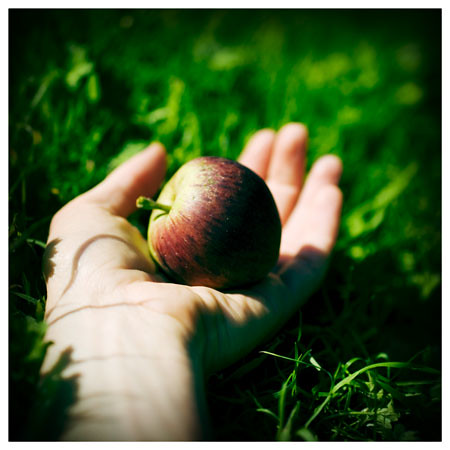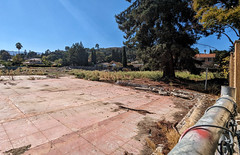Forbidden Fruit
Jo Bradford
In the biblical book of Genesis, the story of The Fall takes up approximately a chapter, so it stands to reason that the poet John Milton would turn it into a twelve-book epic poem. It never actually says in Genesis (nor in Milton, for that matter) that the forbidden fruit that Satan tempted Eve into eating in order to gain knowledge and become like a god was an apple. And yet, time and again, we choose the apple to represent this fruit, to represent original sin.
It’s a perfect choice, really, because apples come in a variety of colors (though naturally, we tend to choose red for Eve’s apple), and they are so gracefully beautiful that looking at one is enough to arouse temptation, to make us want to bite into it, to give it a try and see if it tastes as beautiful as it looks. And does it ever. An apple, when it is fresh and ripe is so crisp, sweet and juicy that it’s almost possible to believe that eating it is a sin.
So it’s easy to understand why we’ve chosen apples to be forbidden, and why, like Eve, we just can’t resist them.
Blog photograph copyrighted to the photographer and used with permission by utata.org. All photographs used on utata.org are stored on flickr.com and are obtained via the flickr API. Text is copyrighted to the author, jamelah and is used with permission by utata.org. Please see Show and Share Your Work








